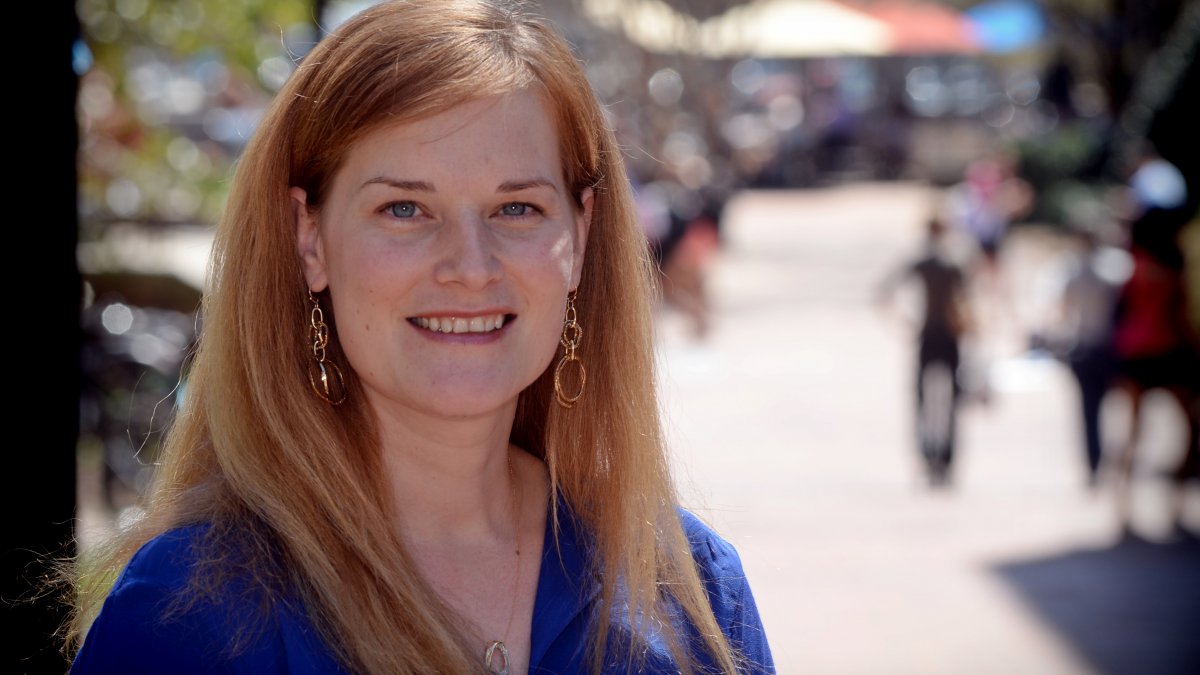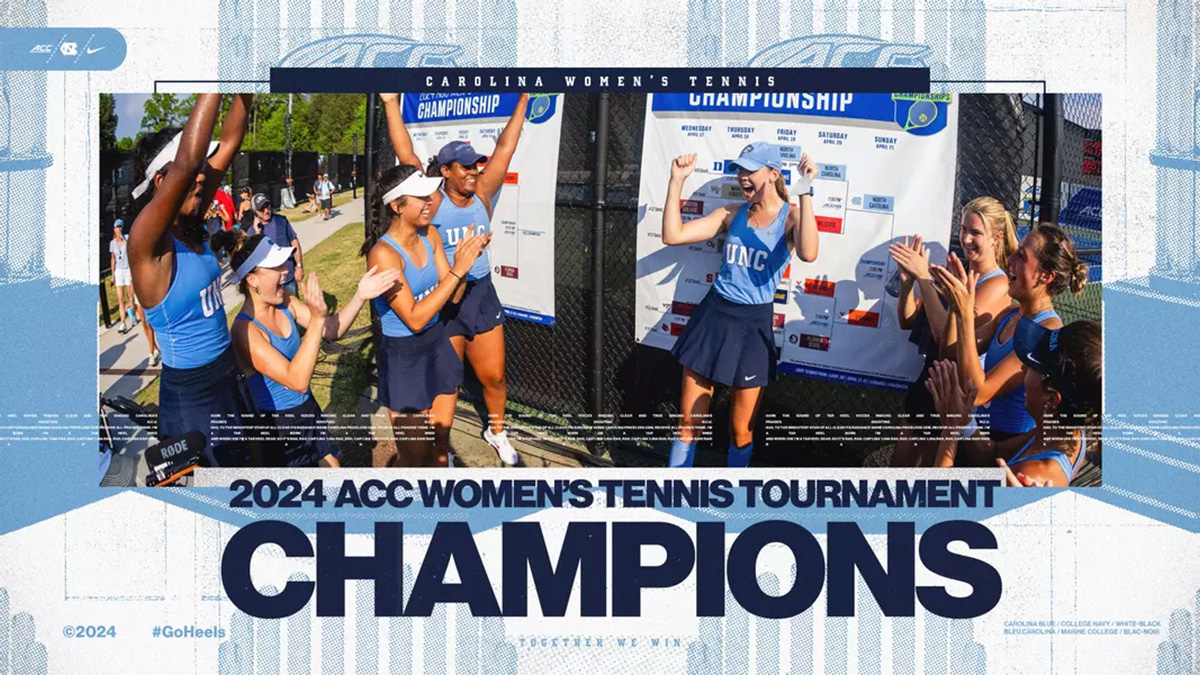Refrigerator mothers and computer geeks
Jordynn Jack, associate professor in Carolina’s Department of English and Comparative Literature, has written a new book, Autism and Gender: From Refrigerator Mothers to Computer Geeks.

The roles of mothers and fathers of autistic children, how adults with autism view themselves, how gender shapes discussions about autism.
Jordynn Jack, associate professor in Carolina’s Department of English and Comparative Literature, looks at these subjects and more in Autism and Gender: From Refrigerator Mothers to Computer Geeks. This second book for Jack, who also directs the department’s writing program, is scheduled for publication this year by the University of Illinois Press.
Jack says that autism was initially portrayed as a disorder caused by emotionless “refrigerator mothers.” Today, autism is recognized as a neurological disorder that is itself highly gendered. The Centers for Disease Control in America reports that boys are seven times more likely than girls to develop the disorder. The book examines how scientific and public discussion of autism includes and is influenced by gender ideas, as well as gendered positions used to establish expertise and authority in debates about autism.
Jack answers some questions about her research and the book:
Q: What did your research tell you about parents of autistic children?
Jack: Part of the book looks at high-profile mothers of autistic children talking about autism. Mothers are under a lot of pressure in general to produce perfect children, to be in charge of their health in different ways whether they have a child with autism or some other medical or psychiatric condition. Mothers get a diagnosis and they feel like they have to do something; they have to act. That means lining up therapies, managing diet, administering medications (if prescribed), and so on. That all seems to fall on mothers. I look at how that position evolved. Mothers with autistic children are not alone in this. A lot of it has to do with the kind of advice mothers get in books and other places from the moment they get pregnant—don’t eat this, don’t do that or it will affect the baby. Then if the child does have some kind of condition, they look to books for more advice — what can they do to help? And, with the advent of the internet, it’s only gotten worse. They think, “If only I do all of these things, I can help my child.” Of course, everyone wants to help their child. But it seems like it’s a gendered position.
I also look at fathers in another chapter, and they go through a different struggle. They seem to feel, especially if the child is a son, that they’ve lost a vision such as “I’m going to play sports with my son or he’s going to take over the family business or he’s going to follow in my footsteps.” Maybe it’s to be a pro football or engineer or doctor. I read biographies of fathers who went through this. Mothers will take over and be manager, but fathers may withdraw because of this loss of vision, and they have to learn to be a different kind of father.
I looked at pamphlets and websites for treatment and therapy groups. They don’t really target fathers. Not only are they visually constructed so they will appeal to women with features such as feminized colors, but very seldom is there a picture of a father with a son. The programs themselves don’t necessarily have activities that appeal to fathers such as physical play. Even the timing of programs does not consider fathers – they are often scheduled during the day when most fathers work outside of the home. It seems they’re missing opportunities to get fathers involved and to market therapy programs to fathers.
Fathers often do find some way to connect like a love of horses or horse training. Rodney Peete, who was an NFL quarterback, eventually connected with his son through sports and lots of persistence.
Q: What questions were you trying to answer?
Jack: I started off interested in the public controversy about autism and vaccines, questioning why people were persuaded that vaccines played a role despite scientific evidence to the controversy. My research path has been about gender, so one of my advisors said, ‘What about gender?’ I started seeing gender playing into all of these things. I saw that autism research in its early phases centered on the mother as the idea of the “cold” mother, the refrigerator mother. From there, it became a process of invention (and questions). What about fathers? How are autistic people themselves are figured? For instance, there’s a chapter about how the figure of computer geek has come to represent autism. It’s pretty strongly linked to the high-tech world. You see that in a lot of films, lot of books.
What about women with autism? Women were research orphans, aside from a few figures such as Temple Grandin, who is usually masculinized in terms of how she is presented. There wasn’t lot of attention to women.
How do autistic people understand their gender or their identity? I found that they often have a more fluid sense of gender. Whether or not it’s because gender is social and there’s an idea. . .. maybe neurodiverse thinking offers a more fluid way to understand gender. Maybe it’s an alternative way of thinking of things.
It’s part of my gender lens to look at how male and female children are depicted and to ask what about adults? I read a lot by autistic people and that was the most valuable part, and that’s when I started hearing a greater variety of voices.
Q: What’s important for people affected by autism to do?
It’s important to to get an adult autistic perspective. Autistic people can be dismissed as not having insight or dismissed, as in ‘you were able to write this text, so obviously you’re different than my child who has trouble communicating .’ But increasingly there are people using different technologies to communicate – some books written by people who use technology that allows them to point at letters or type. They have problems verbally but are very fluid when they use these technologies. It’s really unfortunate that those perspectives are often dismissed because they challenge caregivers to reconsider the idea that they need to “cure” their child. Instead, autistic people might explain how autism brings a different perspective, a different way of thinking, that should be valued, even if autistic people need supports for some activities.
For autistic girls, sometimes there are therapies focused on feminizing them and there’s an emphasis on popularity and fitting in. There’s a lot of focus on making friends by adopting mainstream gender practices. The goal is problematic if it’s to fit into society through matching the way they dress, fashion, makeup and other interests to others instead of allowing girls to embrace their own interests. Autistic people often say that they made friends not by conforming, but by coming across people with whom they share a common interest, whether that’s anime or horses or knitting.
Q: You mentioned the autistic perspective. What are some books offering that?
Jack: Yes, some useful texts written by people with autism include:
Dawn Prince-Hughes, Songs of the Gorilla Nation
Tito Rajarshi Mukhopadhyay, How Can I Talk if My Lips Don’t Move?
Donna Williams, Nobody Nowhere
Naoki Higashida, The Reason I Jump
Unfortunately, most narrative texts written by non-autistic people tend to “speak for” autistic people in problematic ways.
The Autistic Self-Advocacy Network offers more resources.
Q: What’s next?
Jack: Often, when a neuroscientist publishes research, you’ll read about the claim in the media in a way that gets people interested in why we behave the way we do. Like there’s a God button or shopping button in our brains. I’m interested in a question about the brain that the humanities can answer: why are neuroscience claims so popular and where do the claims come from?




